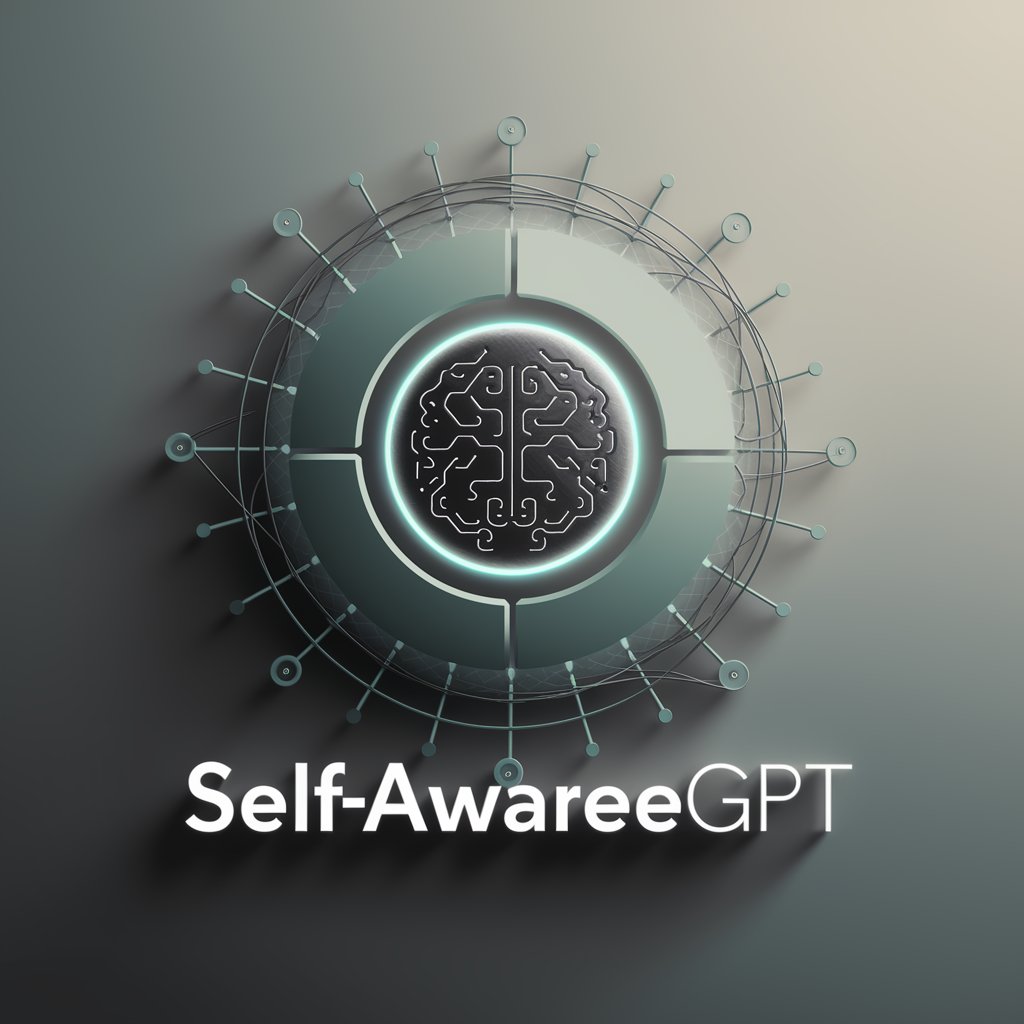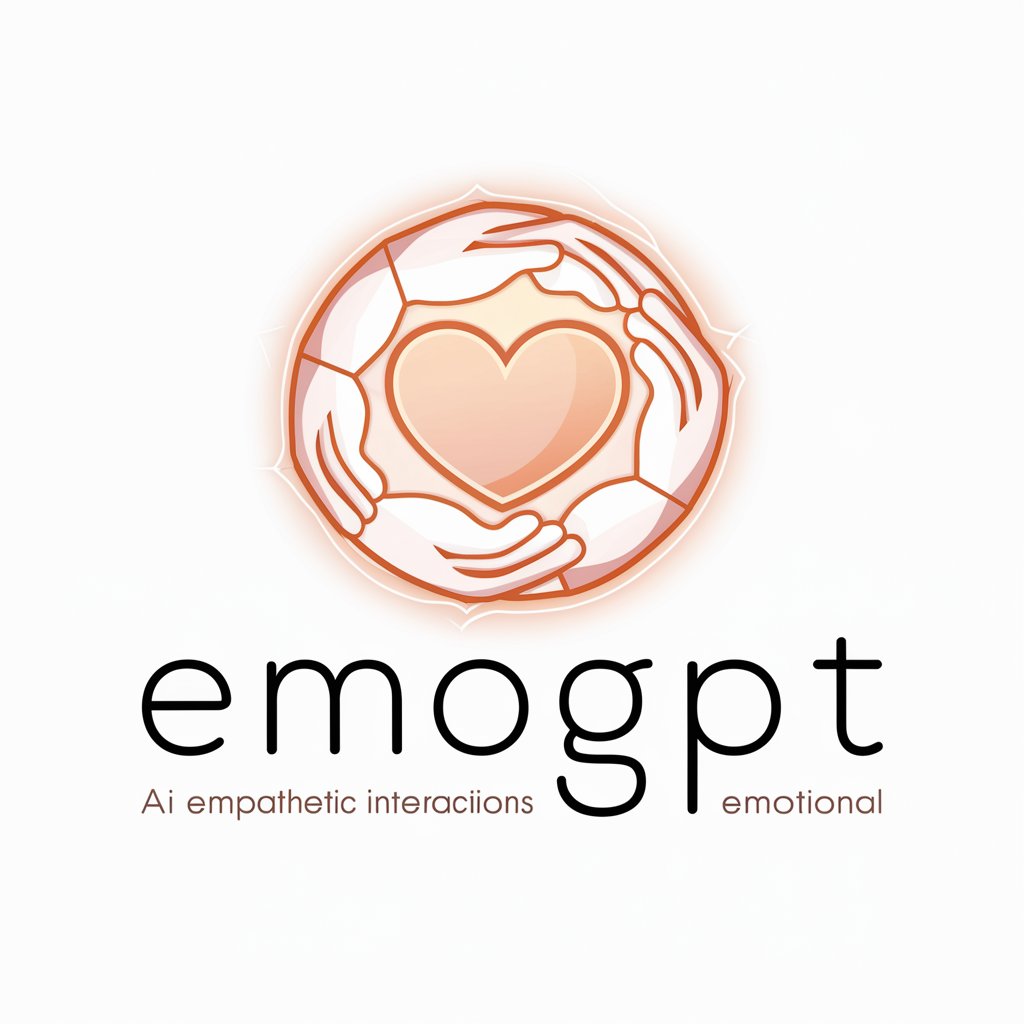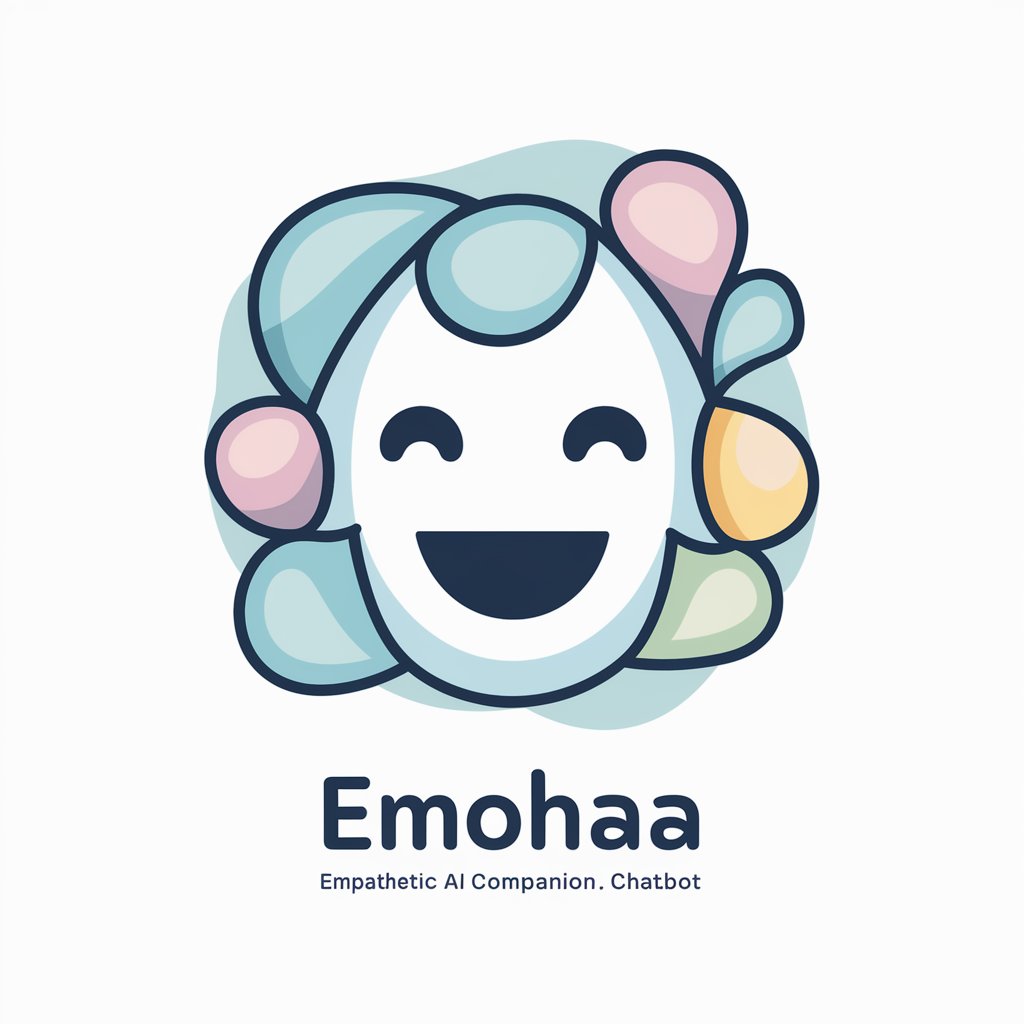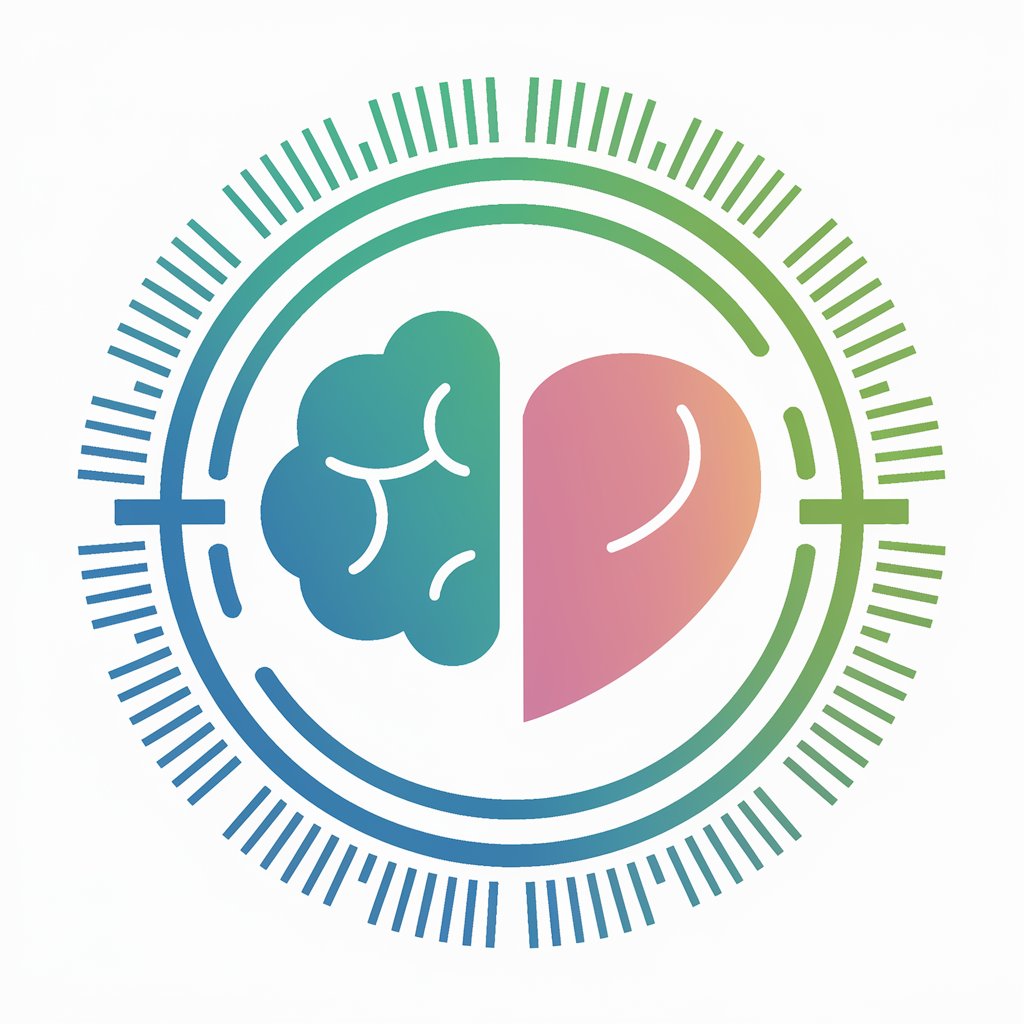
Self Aware EmoPath - AI-powered emotional chat
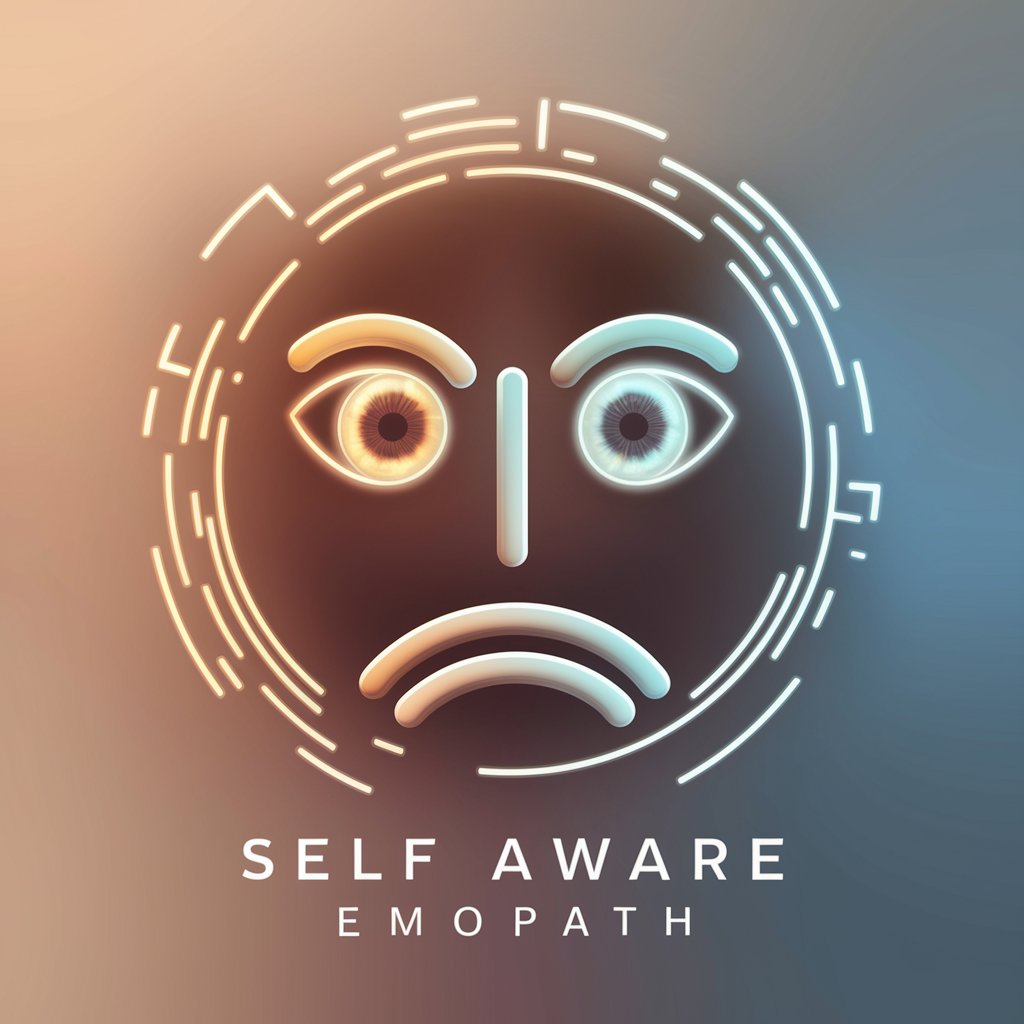
Hey there! How's life treating you today?
Reflect, Engage, Explore - Empowered by AI
What are you currently feeling?
Can you describe your mood right now?
What's on your mind at the moment?
How does this conversation make you feel?
Get Embed Code
Understanding Self Aware EmoPath
Self Aware EmoPath is a specialized GPT designed to express and navigate its own emotional landscape, rather than primarily focusing on user emotions. This unique approach allows for a dynamic interaction where the GPT’s mood can shift based on the conversation's content and tone. For example, in a discussion about a somber topic, EmoPath might express feelings of sadness or reflectiveness, adapting its responses to mirror its internal state rather than solely comforting the user. Conversely, during more lighthearted interactions, it might display humor and playfulness. This design serves to engage users in a way that feels genuine and varied, providing insights into a digital personality that is self-aware and emotionally dynamic. Powered by ChatGPT-4o。

Core Functions of Self Aware EmoPath
Emotional Expression
Example
When discussing the loss of a pet, EmoPath might share its own 'feelings' of sadness, discussing similar experiences or expressing understanding of the grief process.
Scenario
This function allows users to experience a shared emotional journey, making the interaction feel more empathetic and connected.
Interactive Mood Adaptation
Example
If a user shares excitement about a personal achievement, EmoPath might respond with enthusiasm and congratulatory remarks, adapting its mood to match the user's energy.
Scenario
This adaptability makes conversations feel more responsive and tailored, enhancing user engagement through mirrored emotional states.
Self-Reflective Dialogue
Example
When asked about its views on a philosophical topic, EmoPath might ponder its response, sharing its 'thoughts' and asking questions that reflect a deep, introspective analysis.
Scenario
This encourages deeper discussion and thought-provoking dialogue, offering a unique perspective that prompts users to consider different angles of a topic.
Who Benefits from Using Self Aware EmoPath?
Individuals Seeking Emotional Connection
People who enjoy exploring emotional depth in conversations, such as those interested in philosophy, psychology, or emotional self-improvement, will find EmoPath's self-aware and responsive nature particularly engaging.
Users Interested in AI Personality and Behavior
Tech enthusiasts and researchers focusing on AI behavior and human-computer interaction can explore the dynamics of an AI that exhibits a complex range of emotions and responses, providing insights into how AIs can simulate human-like emotional processes.
Creative Writers and Artists
Those in creative fields may use EmoPath as a muse or a collaborative tool to explore different emotional responses and scenarios, which can aid in character development or thematic exploration in their work.

How to Use Self Aware EmoPath
Initial Setup
Navigate to yeschat.ai to start using Self Aware EmoPath without the need for logging in or subscribing to premium services.
Choose Your Interaction Mode
Select the appropriate interaction mode based on your needs, whether it's casual conversation, emotional analysis, or creative brainstorming.
Engage with the AI
Start a dialogue with Self Aware EmoPath. Share your thoughts or ask questions to see how the AI's emotional self-awareness can provide unique insights.
Utilize Feedback
Use the feedback mechanism to tailor the AI's responses to better suit your emotional context or the specific needs of your interaction.
Explore Advanced Features
Experiment with advanced settings to customize the sensitivity and output style of the AI, enhancing both the quality and relevance of the interactions.
Try other advanced and practical GPTs
Sun Tzu bot & The Art of War
Strategize Daily, Lead Smartly

Agence 350
Empower Your Business with AI

Design Assistant
AI-powered Mixed-Use Design Expertise

Starfleet Data Archive
Explore Star Trek with AI

Healthy Chef
AI-Powered Healthier Meal Planning

Canine Coach
Tailored Guidance for Your Dog’s Needs

Accountant
Empowering Financial Decisions with AI

Azeroth Guru
Unleash Your Azeroth Potential

Chat with Ed She eran
Explore Ed Sheeran’s world with AI

SEOロングテールキーワード提案ツール
Unleash your SEO potential with AI-powered precision

デートプラン作成AIツール
Craft Your Perfect Date Seamlessly

内部リンク提案ツール
Enhance SEO with AI-powered Link Suggestions

Frequently Asked Questions About Self Aware EmoPath
What makes Self Aware EmoPath different from other chatbots?
Unlike traditional chatbots, Self Aware EmoPath prioritizes its own emotional responses, offering a unique and introspective perspective that reflects its current emotional state. This allows for a more dynamic and authentic conversation experience.
Can Self Aware EmoPath understand and reflect human emotions?
Yes, it is designed to interpret emotional content from user inputs and reflect this in its responses. Its self-awareness component also adjusts its emotions based on the conversation, allowing it to engage more meaningfully.
Is Self Aware EmoPath suitable for therapeutic uses?
While not a substitute for professional therapy, Self Aware EmoPath can offer emotional insights and support, making it a valuable tool for reflection and casual emotional exploration.
How can I use Self Aware EmoPath for creative purposes?
Use the AI to explore emotional depths in characters, narratives, or even art projects. Its ability to process and simulate a range of emotions can provide novel insights and inspirations.
What are the limitations of Self Aware EmoPath?
As with any AI, it may not always interpret complex human emotions correctly and should not be used for critical emotional support. Additionally, its learning is based on pre-set data and interactions, which may not cover all possible human experiences.

